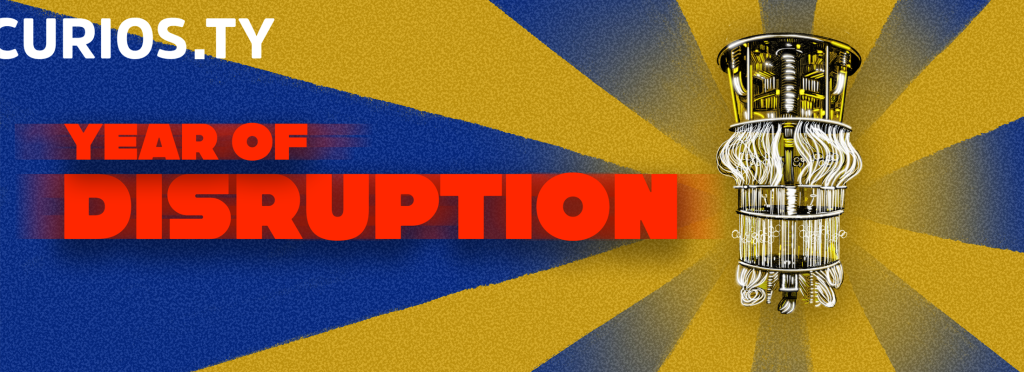Introduction to MFA
With the rise of cyber threats, Multi-Factor Authentication (MFA) has emerged as a vital component in the fight against online security breaches. MFA adds an additional layer of security by requiring users to verify their identity through two or more verification methods—something they know (password), something they have (a security token), or something they are (biometric verification). This approach significantly reduces the risk of unauthorized access, making it particularly relevant in today’s digital age.
The Current State of Cybersecurity
Recent reports indicate that cyber-attacks have surged globally, with data breaches affecting millions of individuals and businesses. According to the 2023 Cybersecurity Trends report, nearly 80% of breaches involve compromised credentials. What this statistic emphasizes is the need for robust security measures such as MFA, which can provide an additional hurdle for cybercriminals trying to access sensitive information.
MFA Implementation Trends
As organizations seek to bolster their security protocols, the adoption of MFA technologies has increased significantly. A study by Cybersecurity Ventures estimates that by 2025, the global market for MFA systems will reach $24 billion, with more companies recognizing its importance. Particularly in sectors like finance, healthcare, and government, MFA is not just a recommendation but a requirement. In response to the rise in cyber threats, companies like Google and Microsoft have implemented MFA as a standard feature, demonstrating its effectiveness in safeguarding user accounts.
Challenges in Adoption
Despite its benefits, the uptake of MFA is not without challenges. Some users find multiple authentication steps cumbersome, which may lead to resistance in adopting these security measures. Additionally, organizations must navigate costs associated with deploying MFA systems and the technical complexities involved. However, with proper education and communication regarding the importance of MFA, these hurdles can be overcome.
Conclusion: The Future of MFA
In conclusion, as cyber threats evolve, so must our security practices. Multi-Factor Authentication proves to be a crucial tool in this evolution by protecting sensitive information and aiding in compliance with regulations. Moving forward, organizations that prioritize MFA will not only enhance their cybersecurity posture but also build trust with users who are increasingly concerned about the safety of their personal data. As we embrace technological advancements, the importance of implementing MFA cannot be overstated—it is not just an option, but a necessity in ensuring digital security.


